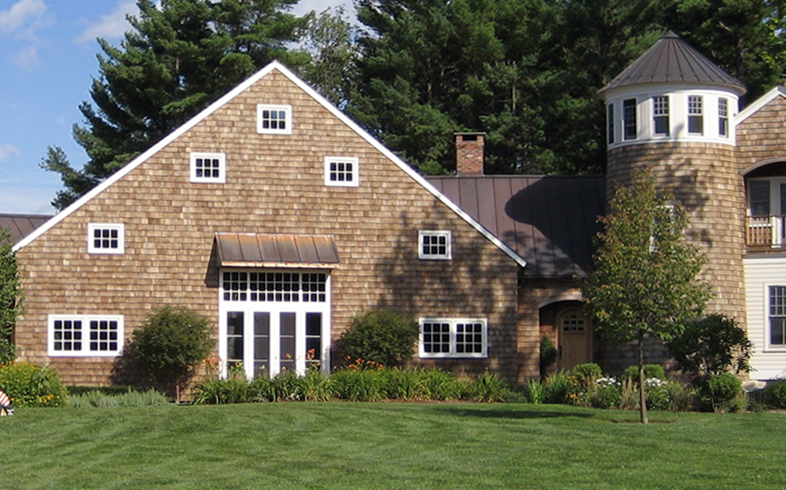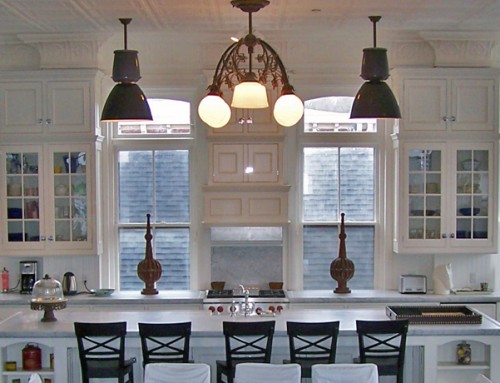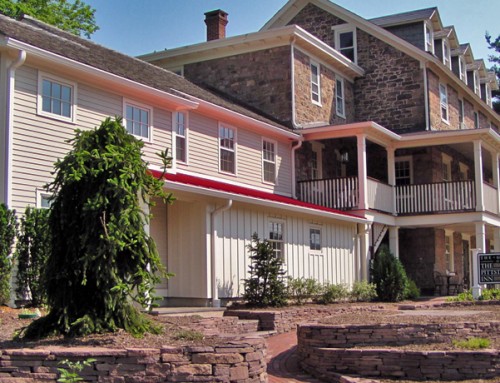I was recently asked to talk about the ‘inside-outside connection” with Carl Molter and Leslie Guli on their WDVR radio show “In 2 the Garden.” We spent the hour discussing the connections between our buildings and their surroundings. In thinking about the architectural history behind this, I realized that most traditional buildings are very good at separating the interior space from the dangers of the wild outdoors and are very poor at making any real connection to the world outside. Before the invention of central heating, cheap glass and electric lighting, the majority of interiors were dim, smoky and damp. Except for palaces or churches, buildings functioned primarily as shelter from the elements and from strangers. During the daylight hours in both winter and summer, our ancestors spent considerable time working, cooking and cleaning outside their houses. We find their houses charming and comfortable chiefly because we have managed to put in heating and lighting.
These relatively recent advances in technology enabled modern architects of 100 years ago to begin to “break the box,” eliminating the walls between small interior rooms and creating wide open window-walls of glass. But the modern world is hectic, and many of our clients prefer the comfort of traditional styles of architecture. As architects, one of our daily challenges is how to combine the look and feel of historic architecture with our clients more modern desire for flowing, open interiors, and also how to enable those interiors to then continue to flow right outside. To forge a close contact with nature, we use a variety of traditional elements and details, creating walls of windows or doors that still speak the language of historic architectural styles but in a modified manner.
The landscape immediately around the house can be thought of as a series of outdoor garden rooms, a continuation of the interior. Designing these correctly is just as important as the interiors. Raised decks tend to isolate people from the garden, we prefer stone paved terraces, which are a part of the ground. Outdoor dining areas are wonderful, but need to be immediately outside the kitchen; if the table is too far away, it won’t be used. Often, a few large shade trees have more impact than lots of small plants.



Leave A Comment